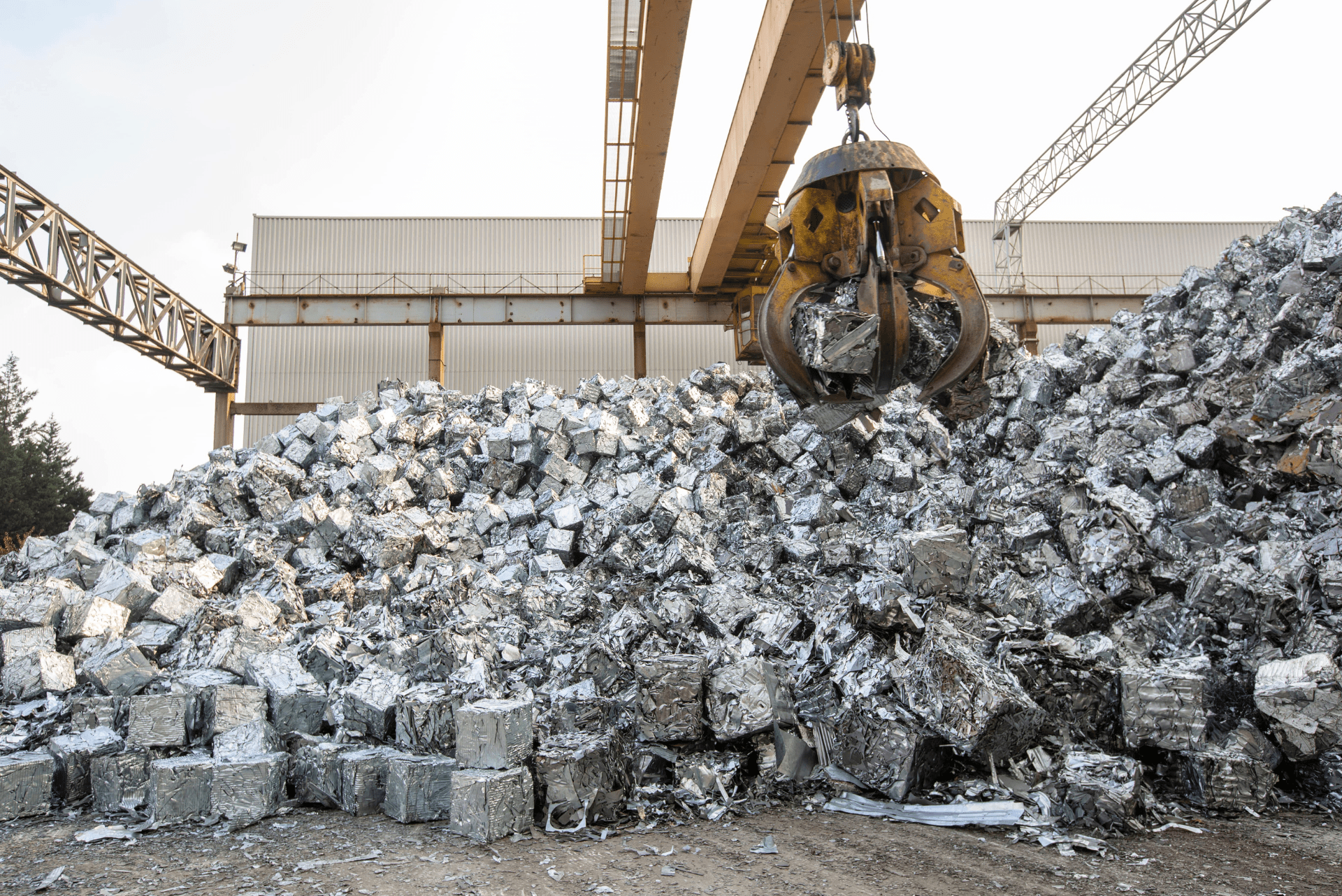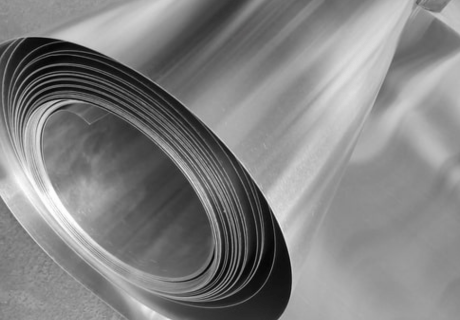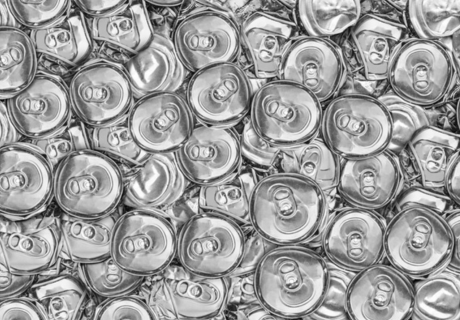The Aluminum Recycling Process
How is aluminum recycled exactly? Aluminum recycling is a crucial aspect of sustainable manufacturing, helping to conserve natural resources, reduce energy consumption, and minimize environmental impact. Understanding the intricate processes involved in aluminum recycling sheds light on its significance in the modern industrial landscape. In this article, we delve into the detailed steps of aluminum recycling, highlighting its various processes within the factory setting.
Collection and Sorting:
The aluminum recycling process begins with the collection of scrap aluminum from various sources, including beverage cans from redemption centers, automobile parts, building materials, and industrial waste. This collected scrap undergoes meticulous sorting to separate aluminum from other materials such as plastic, glass, and steel. Advanced technologies like eddy current separators and optical sorting machines streamline this process, ensuring high efficiency and accuracy.
Shredding and Melting:
Once sorted, the aluminum scrap is shredded into smaller pieces to facilitate melting. Shredding not only reduces the volume of scrap but also prepares it for the subsequent melting stage. The shredded aluminum is then fed into a furnace where it undergoes melting at high temperatures. The melting process requires significant energy input, but recycling aluminum consumes only a fraction of the energy needed for primary production from bauxite ore, making it highly energy-efficient.
Purification and Alloying:
After melting, the molten aluminum undergoes purification to remove impurities and contaminants. Various methods such as fluxing, degassing, and filtration are employed to achieve the desired purity levels.
Fluxing: Containers such as a forge that put a barrier between the molten metal and the air. The barrier keeps the aluminum safe from air contact and lowers its melting point to make alloying more efficient.
Degassing: Hydrogen forms when molten aluminum meets oxygen and dissolves into the metal. Degassing removes non-metal materials and hydrogen. The molten aluminum is bubbled from the bottom, like a soda, and pulls impurities to the top. Kind of like a protein skimmer in a fish tank.
Filtration: Molten aluminum is poured through a ceramic filter that removes impurities.
Additionally, alloying elements may be added to the molten aluminum to create specific grades of alloys tailored to different applications. This stage ensures that the recycled aluminum meets stringent quality standards required by industries such as automotive, aerospace, and construction.
Casting and Forming:
Once purified and alloyed, the molten aluminum is ready for casting into different shapes and forms. Depending on the desired end product, casting methods such as die casting, extrusion, or rolling are employed, to continue the aluminum recycling process.
Die Casting: When molten metal is pushed into a mold with a plunger. Imagine a large block with a space in the middle shaped like a sword (or whatever you’re making). Molten metal is squeezed into the center of the block (like a caulk gun) and takes the shape of the sword.
Extrusion: Similar to Die Casting, molten material is forced through a tube to take the tube’s shape. Commonly used for making wiring.
Rolling: A thin aluminum sheet is rolled down a conveyor belt and rolled up into bails in the coiling process. Refer to image.
Die casting is commonly used for producing intricate components, while extrusion is ideal for manufacturing profiles and structural components. Rolling, on the other hand, is employed to produce flat sheets and foils used in packaging and construction.
Finishing and Surface Treatment:
After forming, the recycled aluminum products may undergo various finishing processes to enhance their aesthetic appeal and functionality. Surface treatments such as anodizing, painting, and powder coating provide corrosion resistance, improve durability, and offer decorative options. These treatments not only enhance the appearance of aluminum products but also extend their service life, making them suitable for diverse applications in both residential and industrial settings.
Aluminum Recycling Process Loop Closure:
One of the distinctive features of aluminum recycling is its closed-loop nature, where recycled aluminum can be endlessly reused without compromising its quality or properties. At the end of its lifecycle, aluminum products are collected, recycled, and reintroduced into the manufacturing process, completing the recycling loop. This circular economy approach minimizes waste generation, conserves resources, and reduces greenhouse gas emissions associated with primary aluminum production.
Environmental Benefits:
The aluminum recycling process offers significant environmental benefits compared to primary production methods. Recycling aluminum requires up to 95% less energy and generates only a fraction of the greenhouse gas emissions associated with extracting aluminum from bauxite ore. Additionally, recycling helps conserve natural resources and reduces the need for landfill space, contributing to a more sustainable and eco-friendly manufacturing industry.
In conclusion, the aluminum recycling process plays a pivotal role in sustainable manufacturing, offering a cost-effective and environmentally friendly alternative to primary aluminum production. From collection and sorting to casting and finishing, each step in the recycling process contributes to the efficient utilization of resources and the reduction of environmental impact. Understanding how aluminum is recycled underscores its importance in promoting a circular economy and mitigating the challenges of resource depletion and climate change.
By embracing aluminum recycling practices, industries can not only meet their production needs but also contribute to a greener and more sustainable future for generations to come. Emphasizing the significance of aluminum recycling not only conserves natural resources but also mitigates environmental degradation, paving the way for a more sustainable industrial landscape.
Incorporating these aluminum recycling processes into factory operations not only enhances efficiency but also demonstrates a commitment to environmental stewardship and corporate social responsibility. As the demand for sustainable manufacturing practices continues to rise, investing in aluminum recycling emerges as a strategic imperative for industries worldwide.
Next Article: The Copper Recycling Process >



